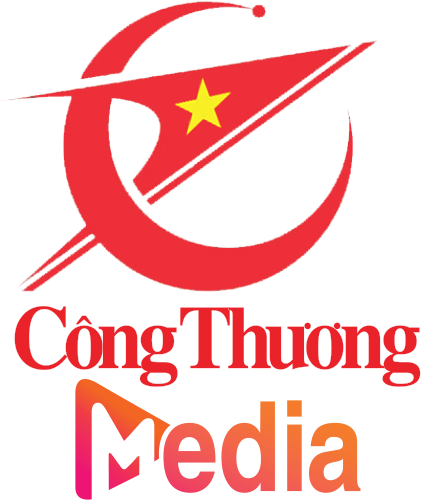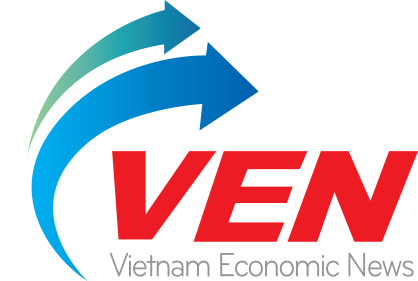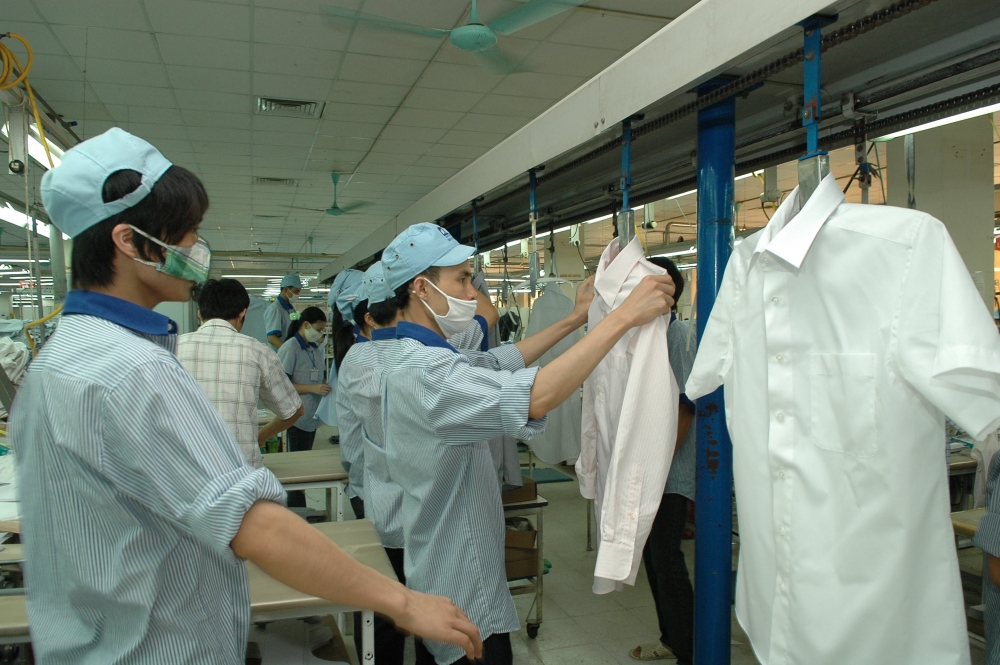|
No direct confrontation
Vinatex General Director Le Tien Truong said high distribution costs are threatening domestic fashion brands survival. Most of them have leased stores in major trade centers, paying rent of hundreds of millions of dong per month, he said. Domestic enterprises need to have big investment capital if they are to expand their distribution channels and have sufficient design staff.
Meanwhile, foreign fashion companies in Vietnam have big groups of qualified designers and strong financial capability. H&M, for example, has its own design center with 5,000 designers and colleagues who are capable of turning any design ideas into commercial products within a short target time.
Foreign fashion companies in Vietnam are selling products at a price lower than production cost to attract buyers. Domestic textile and garment enterprises should not directly compete with them but find their own, appropriate ways to develop, Truong said.
Slow but steady growth
In recent years, some domestic textile and garment enterprises have built their own market segments. The Viet Tien Garment Joint Stock Corporation, for example, is renowned for its high quality shirts, while the Nha Be Garment Corporation has become a producer of high quality suits.
Vinatex has its Vinatex Mart that earned revenues worth VND10 billion per month in 2018, growing nine percent annually. Vinatex Mart has helped the group’s member companies reduce distribution costs considerably.
Truong said that apart from intensive investment in Vinatex Mart, the group would likely develop products using 3D technology to make a difference and better meet the needs of consumers. Only five members of Vinatex are encouraged to develop the domestic market to avoid competition among the group’s 70 members.
Vinatex businesses will find ways to survive competition with foreign brands, having chosen a path of slow but steady growth, Truong said.
Truong added that the growing presence of illegally imported Chinese products in rural areas makes it difficult for domestic enterprises to conquer these markets. Therefore, apart from their own efforts, domestic textile enterprises need support from state authorities in smuggling control.
Le Tien Truong, General Director of the Vietnam National Textile and Garment Group said the domestic textile and garment market remains small in value - about US$5 billion - so massive development will be inefficient and cause mutual competition among domestic businesses. |






